Cost increases on Hanoi Metro Line 2
The total investment for the urban railway project Hanoi Metro line 2 Nam Thang Long-Tran Hung Dao has been increased by VND16 trillion ($704 million), although the project has yet to be implemented.
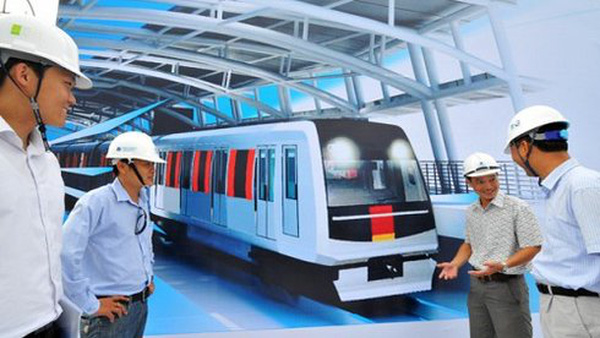 |
Numerous adjustments
After four months of adjustments following the instructions of the prime minister, the Hanoi People’s Committee has completed the basic design plan and total investment adjustments for urban railway project Hanoi Metro line 2 Nam Thang Long-Tran Hung Dao, and will submit these adjustments for other related agencies for consultation.
In comparison with the contents of Decision 2054/QD – UBND on November 23, 2008 about the approval of the feasibility report, the schedule of most of the important features of Hanoi Metro Line 2, which will go through Bac Tu Liem, Tay Ho, Cau Giay, Ba Dinh, Hoan Kiem, and Hai Ba Trung Districts, have been adjusted a lot.
The first adjustment involves the basic design of the project. In particular, although the total length of the route remained the same (11.5 kilometres), the underground parts increased from 8.5 kilometres to 8.9 kilometres and the total length of the overhead parts was reduced from 3 to 2.6 kilometres. In addition, to ensure investment efficiency, the total number of trains (each having four carriages) for this line also dropped from 14 to 10. The train frequency will be five minutes.
Due to the long idleness, the project’s deadline has been extended to 2023.
At present, the basic design and total investment evaluation have not been finished, lagging far behind the deadline of July 2016.
Because of this, after nine years, Hanoi Metro line 2, which was expected to be launched at the end of 2015, now has completed the prequalification of construction and equipment supply packages only, and no work has been done on the site.
Previously, in the document submitted to the PM in June 2016 about speeding up the project’s progress, Hanoi wanted the construction to start in August 2017 and finished in December 2020.
Mounting expenses
Up till now, the investment for the project add up to a total VND35.678 trillion ($1.57 billion), VND16.123 trillion ($709.4 million) higher than the amount fixed in Decision No.2054.
Except for site clearance compensation, the amount of which decreased by VND154 billion ($6.78 million), all expenses have risen. Particularly, construction expenses rose by VND6.571 trillion ($289.12 million), equipment expenses rose by VND4.310 trillion ($189.6 million), consultancy expenses rose by VND1.550 billion ($68.2 million), and the provision rose by VND3.354 billion ($147.58 million).
Hanoi’s authorities said that currently, they have signed an agreement with Japan International Cooperation Agency (JICA) for the first phase loan of ¥14,688 million ($133.3 million), with ¥11,573 million ($105 million) for construction and ¥2.223 million ($20.18 million) for consultancy services, effective from July 2009 to June 2019. Also, JICA has sent the document stating its commitment to providing additional capital for the project when the adjustments are approved.
In conclusion, compared to the initial proposal of the total investment in October 2016, after reviewing all expenses in accordance with the proposals of related agencies, the investment have decreased by approximately VND1 trillion ($44 million), from VND36.587 trillion ($1.61 billion) to VND35.678 trillion ($1.57 billion).
In Document No. 5926/UBND-KH&DT submitted to the PM six months ago, the Hanoi People’s Committee insisted on the total investment of VND36.587 trillion ($1.61 billion).
The document indicates that the appraisal agency’s proposal of VND30.069 trillion ($1.32 billion) was not appropriate, especially as the construction periods may be extended. The project being complicated and requiring highly qualified technology was also a concern over this sum.
According to the Hanoi authority, the project consultant estimated that Metro Line 2 would cost about $147 million per kilometre ($24 million per kilometre for the infrastructure of the overhead parts and $65 million per kilometre for the underground parts). These estimated expenses are equivalent to or lower than the cost of a similar urban railway in the regional areas and in the world as well.
| Hanoi Metro Line 2 will go through Bac Tu Liem, Tay Ho, Cau Giay, Ba Dinh, Hoan Kiem, and Hai Ba Trung Districts. Total length is 11.5 kilometres, including 8.5 kilometres of underground parts and three kilometres of the overhead ones. The project has dual gauge rail of 1,435 mm, with the three overhead stations (Station C1 – Station C3), and seven underground ones (Station C4 – Station C10). It is expected that by 2020, the project will use four-carriage trains (Tc-M-M-Tc); and after 2020, six-carriage trains will be available (Tc-M-M-T-M-Tc), and there will be one depot placed in Xuan Dinh village, Tu Liem district.
|
VNF/VIR
Recommended
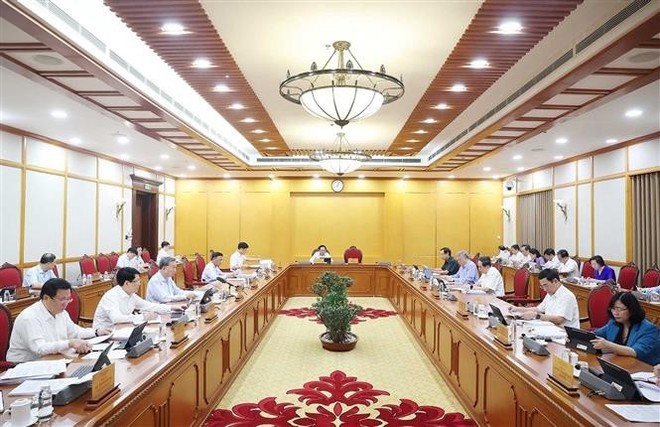 National
National
Vietnam News Today (Jun. 7): Prime Minister works with Estonian firms to accelerate projects in Vietnam
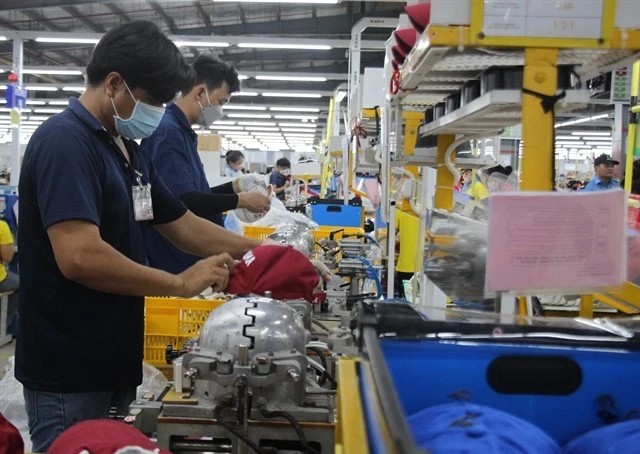 National
National
Vietnam News Today (Jun. 6): Foreign Investment in Vietnam Surges in Five Months
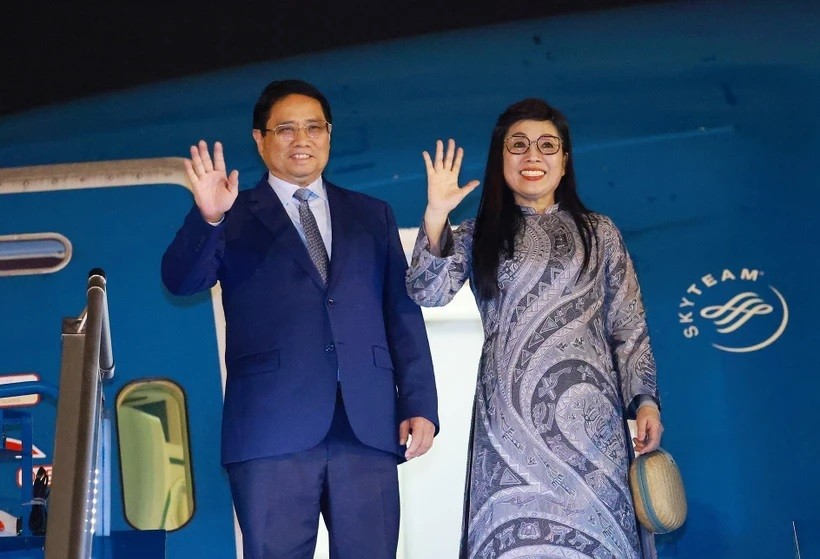 National
National
Vietnam News Today (Jun. 5): PM sets off for attendance at UNOC 3 in France, official visits to Estonia, Sweden
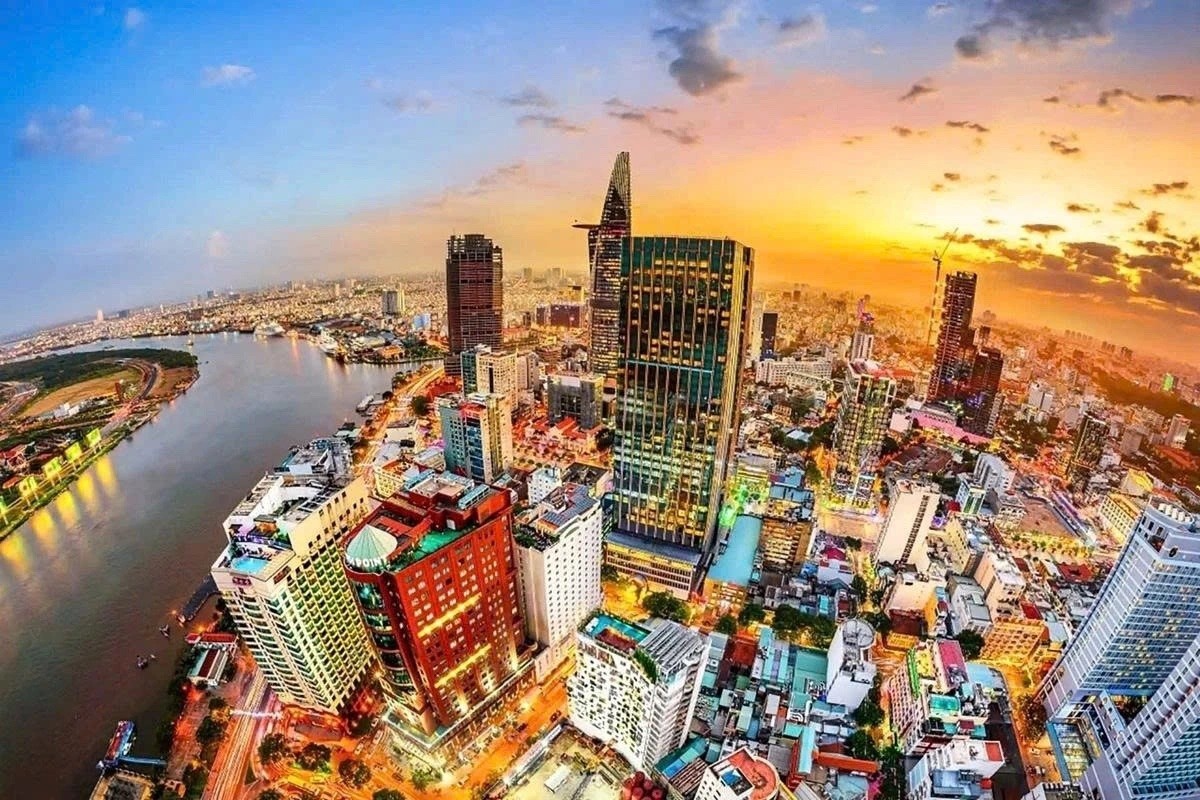 National
National
Vietnam News Today (Jun. 4): Vietnam - Promising Candidate for Southeast Asia’s Next Powerhouse
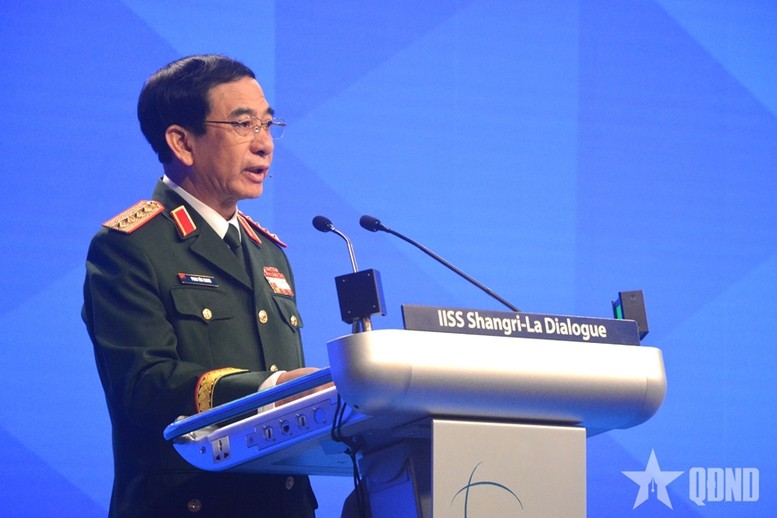 National
National
Shangri-La Dialogue 22: Vietnam Highlights Some Issues of Ensuring Stability in a Competitive World
 National
National
Vietnam News Today (Jun. 3): PM Pham Minh Chinh to Attend UN Ocean Conference, Visit Estonia, Sweden
 National
National
Vietnam News Today (Jun. 2): Vietnamese Trade Mission Sounds Out Business Opportunities in United States
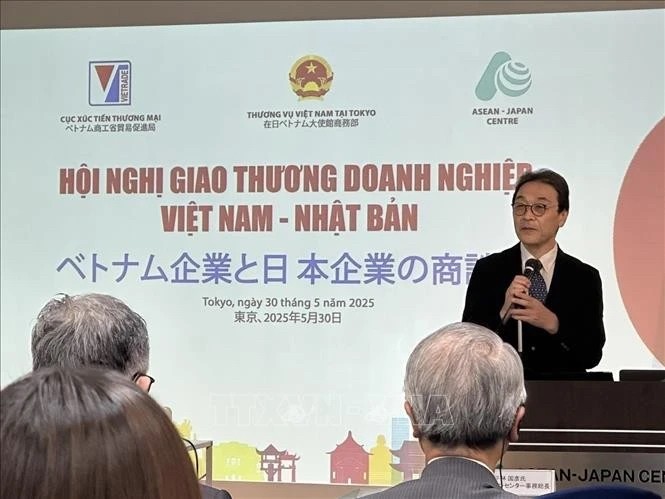 National
National
